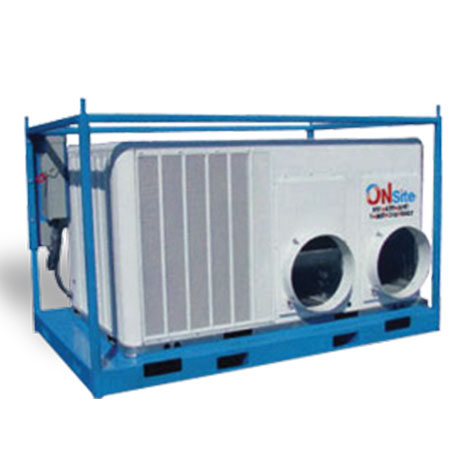Climate Control for Document Storage
When storing important documents, it is essential to understand the dangers behind environmental exposure. When documents are exposed to moisture and humidity on a regular basis, their integrity is compromised. The pages begin to wilt, the words may suddenly disappear, and mold could even develop on the surface. Storage options requires specific attention to ensure the longevity of important documents.
Although extremely humid climates lead to the deterioration of documents, extremely cold climates can have detrimental effects as well. The pages may become extremely brittle, and the pages may begin to fall apart. In addition, when a climate changes too dramatically, documents may be affected by the lack of consistency. For example, many libraries operate on a hygroscopic scale. This is a constant dehumidification system that soaks and releases moisture on a consistent basis. This controlled method allows for the proper amount of moisture to enter the environment without harming the books. It is vital to keep documents stored in a consistent space where the temperature doesn’t fluctuate.
The Type of Storage Necessary
Documents do not thrive in an environment that is wet, and humid. Many attics and basements without the proper dehumidification process, are resting grounds for document disposal. Storage units that have low humidity, a moderate temperature, and smoke or fire alarm systems are necessary. Ideally, documents should be stored in an environment no hotter than 70 degrees with a humidity level of 35%. This way, the climate is controlled and documents are preserved.
How to Prevent Document Destruction
While the means to preventing the demise of important documents is challenging, the effort is worth the outcome. The type of climate control options greatly depend on the size, and need of the specific area. For example, a home office may require a portable dehumidifier that works to eliminate excess moisture in the room. However, large libraries and even government facilities may use filtration systems that cover the entire building. If necessary, engineers who specialize in controlling the climate in specific environments can assist with determining the best option for your needs.
In addition, there are precautions that one can take without investing a lot of money in equipment. Ensuring that newly formed cracks are immediately filled will help to reduce the amount of moisture from entering the environment and possibly damaging the documents. If windows are present, they should remain closed so as to prevent too much heat or air from reaching the documents.
How Light Impacts Documents
When documents are exposed to too much light, they may begin to shift in color. The words may begin to fade, and the pages weaken. Unfortunately, when light damage occurs, it is impossible to revert the document back to its original form. Documents should be placed in light sensitive rooms without exposure to UV radiation. The only time documents should be exposed to light is when someone is using them. There are specific UV blocking shades that can cover specific windows and prevent radiation from entering the space.
Documents contain important information, and should be treated with respect. In order to keep these essential writings archived properly, it’s important to take the necessary steps towards ultimate preservation.

